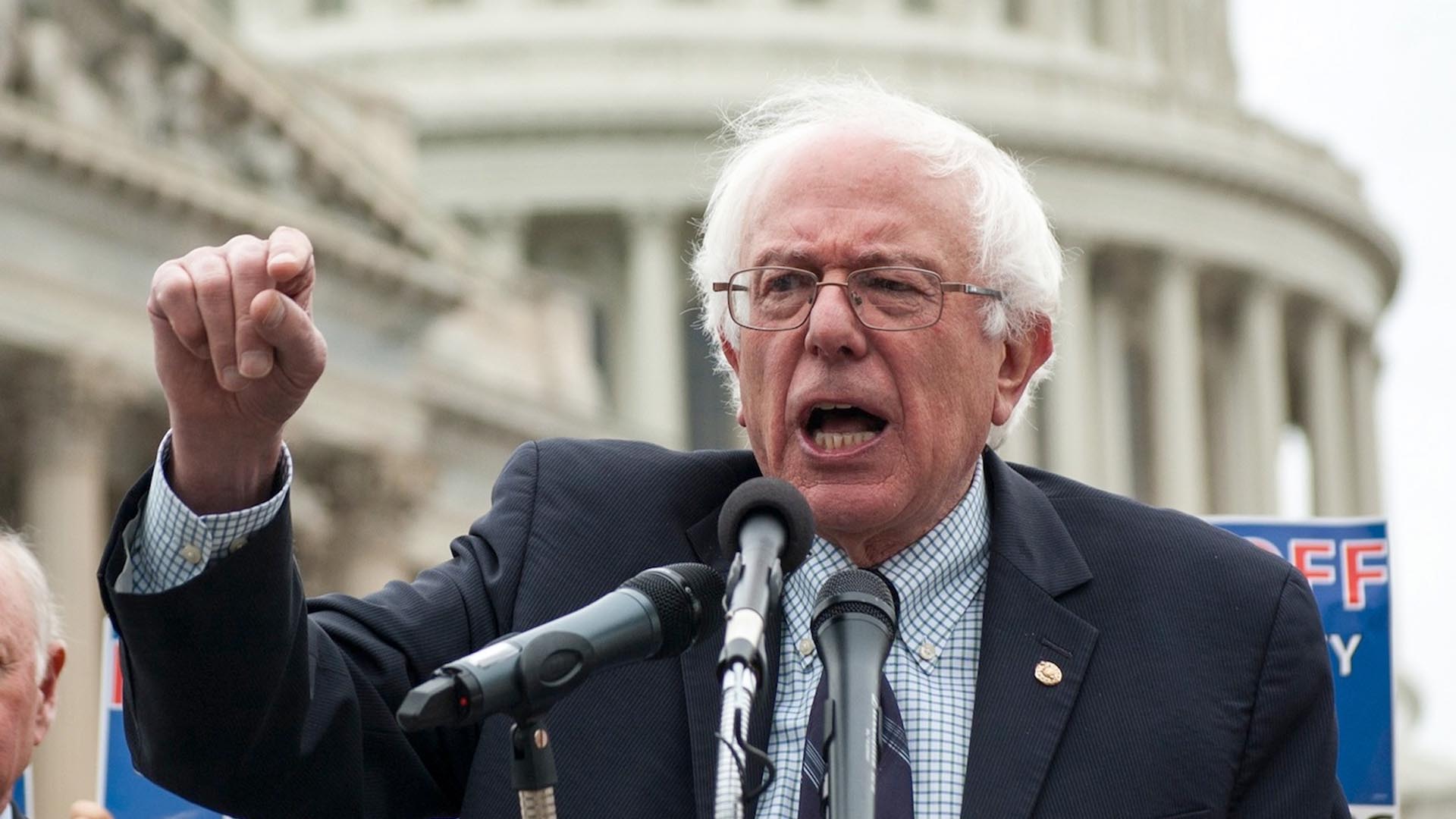
Huffington Post
Democratic presidential candidate Bernie Sanders is proposing a $33 trillion increase in government spending throughout the next decade, according to a joint analysis by two well-known think tanks.
The research by the Tax Policy Center and the Urban Institute Health Policy Center suggests that Sanders’s plan would drive the federal debt to “unprecedented levels.”
Even after accounting for the Vermont senator’s $15.3 trillion tax hikes, the government will still have to take on $21 trillion in debt in order to fund Sanders’ proposals. These benefits include universal healthcare coverage, free tuition at public colleges, and a medical leave plan.
“Sanders would obviously need a whole lot more revenues to pay for this,” said the Center’s director Leonard Burman.
According to the Center, the senator’s promise of free tuition would cost $800 billion. His family medical leave plan would ring up $270 billion.

kiplinger
His bid for single-payer healthcare coverage would carry a price tag of about $30 trillion in the next ten years.
On his campaign trail, the senator has promised to fund these measures by taxing the rich.
The Center’s analysis of his tax policy, however, indicates it would raise taxes for all Americans.
Monday’s report ironically was composed after the Sanders campaign complained that the Center’s tax-policy analysis was misleading, because it did not account for the benefits people would receive through increased spending.
In fact, most of the tax revenue would come from the rich.
“It is safe to say that we have never seen a proposal as progressive as Sanders’ tax and transfer package,” Burman told reporters.
According to the report, people in the bottom 20 percent of income distribution would see average gains of more than $10,000 because the benefits would outweigh the taxes they would pay. Meanwhile, those in the top 5 percent would end up paying $110,000 or a 17 percent loss in income.
However, the rich alone can’t fund Sanders’ welfare state, according to the report. Sanders would eventually have to gather more revenue from people in the lower rungs of the income ladder.
The government would also have to borrow more money to cover the gap between the cost of his spending plan and tax revenue.
“The dramatic increase in government borrowing would crowd out private investment, raise interest rates, further increase government borrowing costs and retard economic growth,” the analysis concluded.









